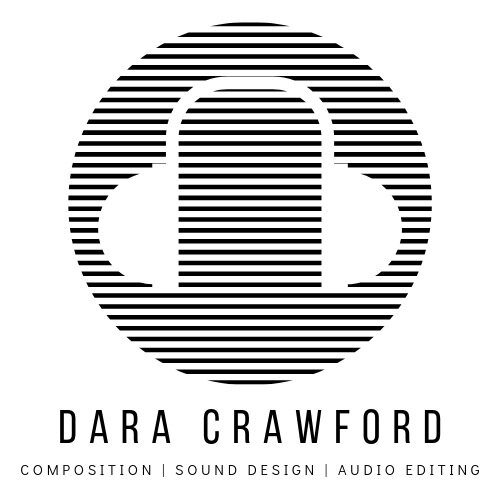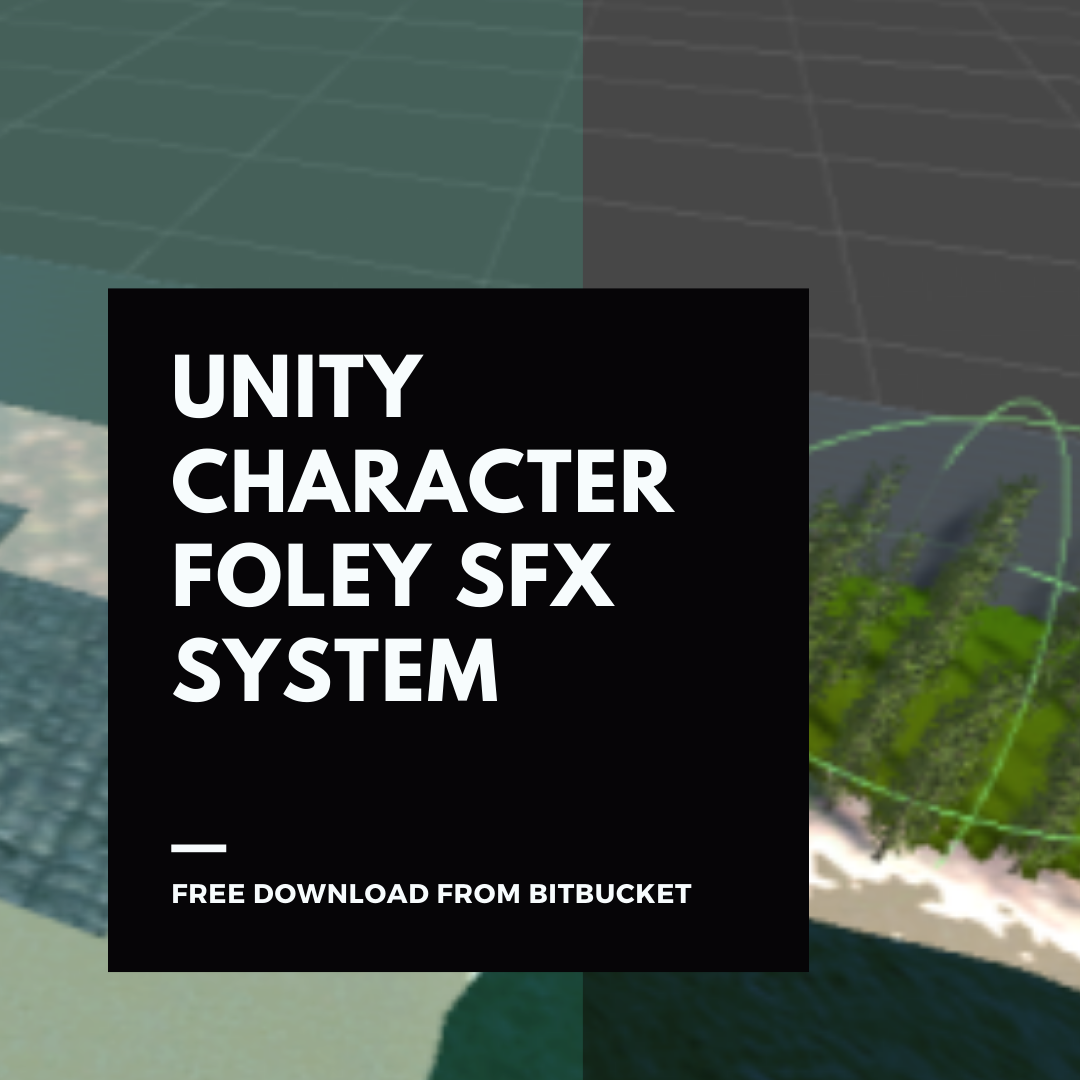![Virtual Reality, Real Sound: Tailoring Audio in the World of VR Fitness]()
In the evolving landscape of virtual reality fitness, the fusion of sound with player interaction is critical for an immersive experience. Central to this development is Black Box VR, which has pioneered the integration of player-selected music into the rhythmic flow of VR workouts. This initiative represents a significant advancement in the realm of game audio engineering, blending user preferences with the interactive dynamics of virtual fitness environments. This article delves into the intricate process of weaving personal music choices into the fabric of game audio, a challenge that required both innovative thinking and a deep understanding of audio engineering principles.
Our journey begins with VoiceMeeter Banana, an advanced virtual audio mixer that stands at the forefront of our solution, enabling the intricate management of game sound effects, in-game music, and user-selected tracks. This set the stage for a more complex yet fascinating challenge: integrating the FMOD Audio Middleware Engine to maintain a seamless audio experience without the burden of running multiple audio engines.
Join us as we unravel the layers of this audio integration puzzle, showcasing how the blend of traditional techniques and modern technology can redefine the boundaries of game sound in the world of VR fitness.
Read More
![Wwise External Source List Generator]()
This tool was created to provide a solution for users who need to generate an XML list of External Audio Files for Wwise to read. The tool is written in Python and utilizes Tkinter Modules for the GUI. It is designed to be easy to use and includes features such as save/load project states, message prompts, message console, and an open feature to check the outputted generated XML file. However, it is important to note that the tool currently works with WAV files only and does not include conversion settings.
With features like project state save and load, message prompts to prevent mistakes, and a message console to keep you informed of the process, this application streamlines the task of generating the XML file. Additionally, a useful open feature lets you check the outputted generated .xml file to ensure its correctness.
The instructions for using the application are simple: select an input directory that houses your external audio files, select an output location for your XML file, type in a name for the XML file, press generate, and import the XML file into your Wwise project's external sources list.
Read MoreUnlock the true potential of your game's audio with the expertise of a dedicated sound designer and technical sound designer. From unique, immersive sounds to dynamic and ever-changing audio, these professionals can elevate the player's experience to new heights. Discover the benefits of hiring these specialists and how they can save on development time and costs in our latest post on sound design.
Read MoreBringing your game's characters to life with a dynamic dialogue system is like casting a spell on your players - it immerses them in your story, making them forget they're even playing a game!
Read MoreTopdown approach for music planning in game audio development. This post looks into music licensing and the obstacles and limitations of licensing. This post will also investigate the hiring of a music composer for a video game, and the obstacles and challenges the composer and development team will have to answer before the project can begin.
Read MoreAs game audio development involves various aspects of sound design, music, dialogue and implementation using audio middleware, effective communication, realistic deadlines, and proper tools and techniques are crucial for successful project management. In this excerpt, we discuss the importance of staying informed about the progress and goals of the development team, setting realistic timescales and deadlines, and the use of audio middleware like Wwise or FMOD. We also provide a case study of implementing an adaptive music system in a fantasy RPG game using Wwise as an example to illustrate the process of planning and organizing tasks.
Read MoreIf you’re about to take on a game development project as composer, sound designer, audio programmer, dialogue script writer / editor or content management, then you may find something of use to aid you in your quest! If you're generally interested in game audio development, then this might be a good read as to what's involved from a top down approach with a sprinkle of the nitty gritty.
Read MoreA top-down look at the Black Box VR adaptive music system.
Read MoreA Unity character Foley system covering footstep sounds, surface changing on both terrain and game objects. The system also includes clothing sound design, accessory sound design and armour sound design. Free project download and video walkthrough available in this post.
Read MoreBy using C# and Visual Studio, I decided to have some fun by coding a console version of the classic Tic Tac Toe game. Also known as Naughts and Crosses, Exey Oseys or Xs and Os. It's a fun game to code, below is an overview of the project file. Feel free to edit or improve the code for your own project!
Read Morehe basis of this project was to create an adaptive music score for a science fiction turn-based strategy game. Although the music system will not be delivered to a developer, this project was created under this pretence. This meant the project was organised for testing upon completion. The score is generated in the digital audio workstation Cubase, while the music system was put together by middleware software WWISE.
Read MoreThe video game industry is the leader in interactive music, which is no surprise as the industry is currently valued in the billions, and growing each year (Woodside Capital Partners, 2015). Despite this, interactive music has not yet been fully explored, and even further innovations in this subject area, are more than likely around the corner. This post will take a look at how interactive music, could be implemented to enhance a players experience, without the need of repetitive dialogue, or visual cues to give direction.
Read MoreProcedural Audio is a misunderstood subject which has been around from the very beginning of game audio, in fact it used to be only the way. This post will explain what Procedural Audio is and to explore the history behind the term. We will also look at when to use Procedural Audio, and what issues may arise in doing so. Finally the post will end with whats in store for Procedural Audio.
Read More A glimpse into the world of procedural sound design, what is it? Why use it? A quick look at the practise and how to implement procedural sound design by using the Unreal Engine, and a digital audio workstation (DAW).
Read MoreThis post will look into the creation of monster sounds in the video game The Last Of Us, and how these sounds can provide ludic feedback, enabling players to adapt their tactics, dependant on the specific sounds they hear. The Last Of Us has enemies ranging from human factions to infected monsters, each with a distinctive sound; the sound specifics is what enables ludic feedback to the player…
Read MoreWell life isn’t always so simple, as I soon see myself take on more responsibilities, such as sound design, as well as various audio restoration duties. Now were do my problems start, well after drafting a few musical ideas to get the vision right, all seemed okay, sound design was top priority for the developer, so I put off all music until the sound design was complete… well this is when things start to get interesting, or maybe stressful will be a better word.
Read More















